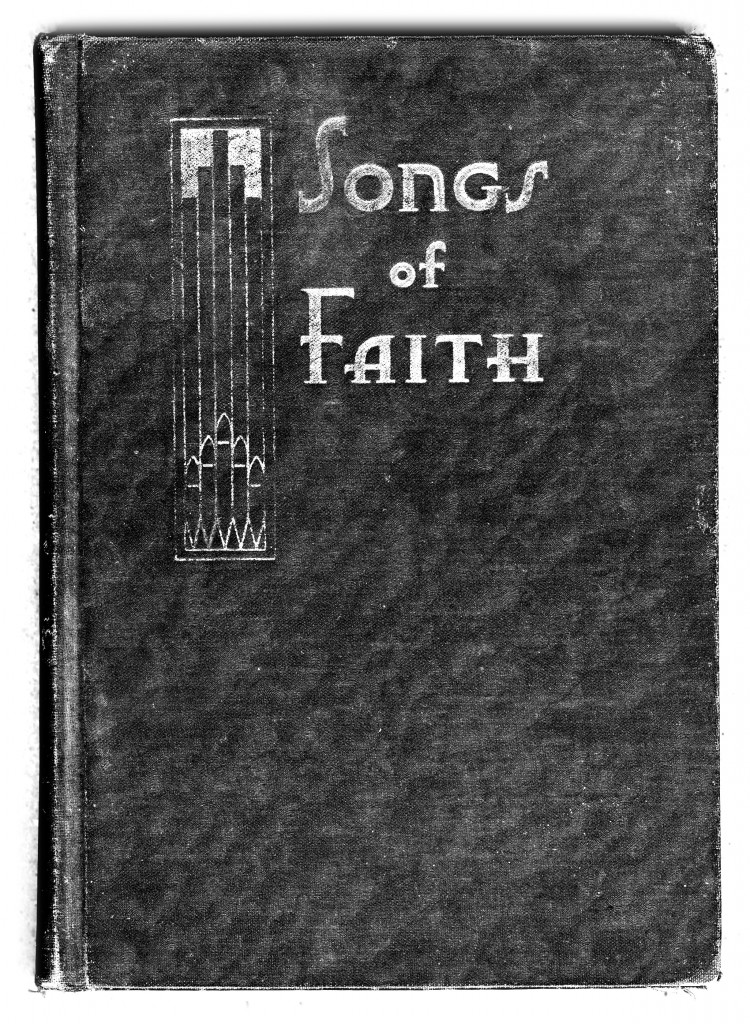Sometimes it’s really hard to worship corporately.

I don’t like the songs.
The band is awful.
The people around me are annoying and can’t sing.
“Make a joyful noise” = “Make a noisy mess”.
Worship Podcast
Sometimes it’s really hard to worship corporately.

I don’t like the songs.
The band is awful.
The people around me are annoying and can’t sing.
“Make a joyful noise” = “Make a noisy mess”.
[This post is part of a series on Your Guide to Selecting and Leading Songs for Worship. Check out the rest here.]
One thing that worship leaders can never rest from is searching for new songs. Most of us are leading every weekend of the year and, though we may have tried, we can’t do Everlasting God and How Great is Our God every weekend. We’re always looking for the latest hit song that our congregation will respond to. We long for a freshness to permeate our worship experiences. And we want our people to be engaged at the same time.

So where do we look? How do we create a system where we’re constantly inspired by the best songs? Because let me tell you: there is no shortage of worship songs. The hard part is finding the best ones.
Before I give you some practical suggestions, make sure you pray through and ask the question, “God, what do our people need to be singing? What phase of life are they in and what truth do they need to apply?” That will definitely determine which songs you should choose.
This turned out to be such a great blog series. One of the things we can never rest from is selecting songs and leading them. We do it so often that it becomes a routine where we lose the heart of the matter – encountering God. My goal was to help us maintain vision in the midst of our routines.

We walked through practical steps to selecting songs, leading songs, and moving people into a place of true worship. Here’s some of the topics we covered:
Do you have any ideas of a future series you’d like me to cover? Let me know in the comments.

In this post I wanted to highlight 7 apps that I use on a continual basis as a worship pastor. There is some overlap between posts, but here I’d like to highlight why and how I use it in a worship ministry context.